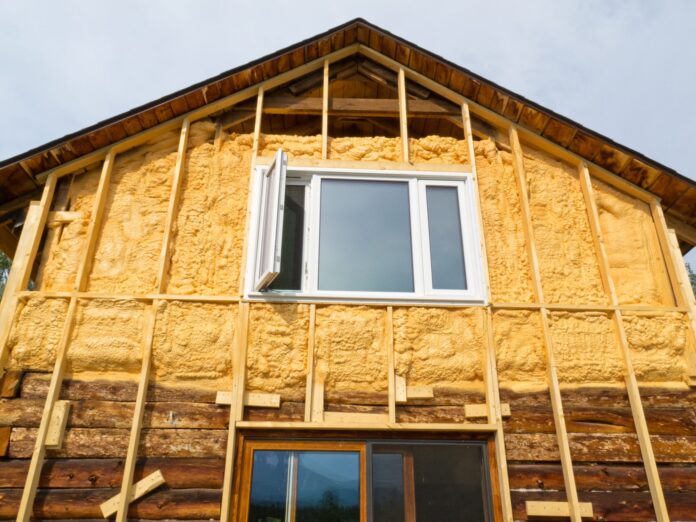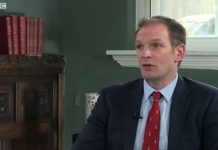Typical UK households will require financial support to ensure that the country’s housing stock is retrofitted to the highest levels of energy efficiency, a new study has revealed.
The findings come from the “Nottingham Carbon Neutral Housing: Cost vs Carbon Retrofit Roadmap” project, which received £350,000 from the UK Government as part of the UK Community Renewal Fund. Led by the University of Nottingham, the project has seen the development of a retrofit roadmap to inform the decarbonisation of the city’s existing housing stock to help reach its carbon neutral targets by 2028; and the UK’s by 2050.
According to the London Energy Transformation Initiative, residential buildings represent 22% of the country’s total greenhouse gas emissions. Around 80% of buildings that will form the UK’s future housing stock have already been built, with the vast majority being completed before 1990’s introduction of building regulations that established minimum targets for energy efficiency and greenhouse gas emissions.
Professor Lucelia Rodrigues, project lead and Professor of Sustainable and Resilient Cities at the University of Nottingham, said: “Our retrofit roadmap has provided a unique breakdown for all different building types, and assessed what is needed to tackle housing emissions and accelerate the city’s 2028 ambitions.
Lucelia continued: “We’ve also learned that, for most homes, it is both more cost- and carbon-effective to first improve the building’s fabric before electrifying heating.
“Additionally, the study has revealed that 14,539 no-income Nottingham homes could mistakenly not be considered as fuel-poor. This means that these have been missed from the government’s current estimates that suggest the total number in Nottingham to be in the region of 35,000.”
Since receiving funding in November 2021, the university and its project partners, Nottingham Energy Partnership, Focus Consultants and the Active Building Centre Research Programme, have explored the energy and carbon reduction benefits of a series of retrofit strategies to improve typical existing housing, taking a sequential approach based on likelihood and feasibility. An assessment of cost and carbon-effectiveness of the retrofit interventions has also been produced, accounting for embodied carbon of fabric improvements and heating systems. It is the first time all these elements have been considered together at this scale.







